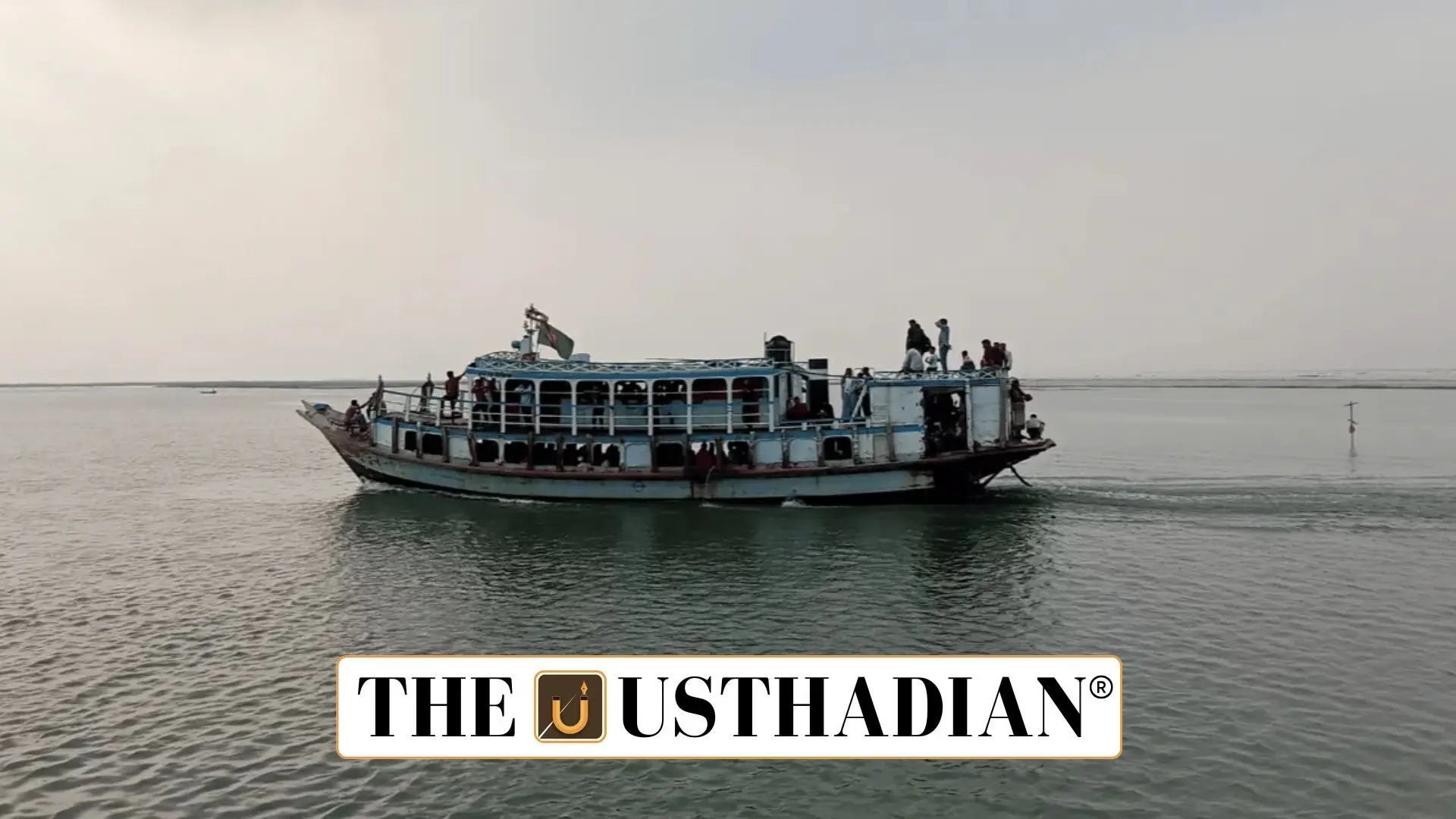Revisiting the Foundations of Water Diplomacy
Ganga Water Treaty Nears Expiry: India-Bangladesh Talks Crucial for Future Water Security: Signed in 1996, the Ganga Water Treaty was a landmark agreement between India and Bangladesh to manage the Ganga River’s dry season water flow. This deal aimed to resolve tensions that had built up since the Farakka Barrage began operating in 1975. As Bangladesh, a lower riparian country, raised concerns about water shortages, the treaty ensured a fair distribution of flow from January to May, balancing developmental needs with ecological responsibilities.
What the Treaty Promises and Regulates
The treaty has a clearly defined water-sharing formula—if the Farakka Barrage’s flow dips below 70,000 cusecs, both nations receive an equal share. It also mandates a minimum guaranteed flow and entrusts the Joint Rivers Commission (JRC) with monitoring, dispute resolution, and transparency. This remains the only functional water-sharing pact between the two neighbours, playing a stabilising role in bilateral relations over shared rivers.
Talks in 2025: A Turning Point Ahead of Expiry
The treaty will expire in 2026, making the 86th round of bilateral talks in 2025 especially critical. Bangladesh is demanding a larger share of water during dry months, citing serious impacts on its farming and drinking water access. Political shifts in Dhaka are also adding pressure. Beyond renewing the Ganga pact, the talks are expected to address broader issues, including a possible new framework for all 54 transboundary rivers, such as the long-disputed Teesta River.
Climate Change and the Need for a Future-Ready Pact
Emerging climate challenges like reduced Himalayan snowmelt and erratic rainfall threaten the very flow patterns the treaty is based on. Experts believe any new deal must go beyond historical averages and factor in climate resilience, groundwater recharge, and ecological safeguards. This is particularly crucial for the Sunderbans delta, a shared and vulnerable ecosystem now facing rising salinity and biodiversity loss.
The River That Feeds Millions
Stretching from the Himalayas to the Bay of Bengal, the Ganga nourishes vast agricultural lands, wetlands, and fishing zones. The Ganga-Brahmaputra delta, shared by India and Bangladesh, is home to millions of people and countless species. If water-sharing falters, the damage could ripple far beyond crops—impacting everything from food security to wildlife habitats and coastal resilience.
STATIC GK SNAPSHOT
Ganga Water Treaty Nears Expiry: India-Bangladesh Talks Crucial for Future Water Security:
| Aspect | Details |
| Treaty Name | Ganga Water Treaty |
| Signed Year | 1996 |
| Expiry Year | 2026 |
| Key Infrastructure | Farakka Barrage |
| Key Oversight Body | Joint Rivers Commission (JRC) |
| Dry Season Flow Sharing Formula | Equal share if water ≤ 70,000 cusecs |
| Major Dispute | Teesta River water-sharing, dry-season shortages |
| Ecological Concern | Sunderbans delta, agriculture, biodiversity |
| Climate Impact | Reduced Himalayan runoff, rainfall variability |
| Future Focus | Climate-resilient, multi-river treaty framework |








